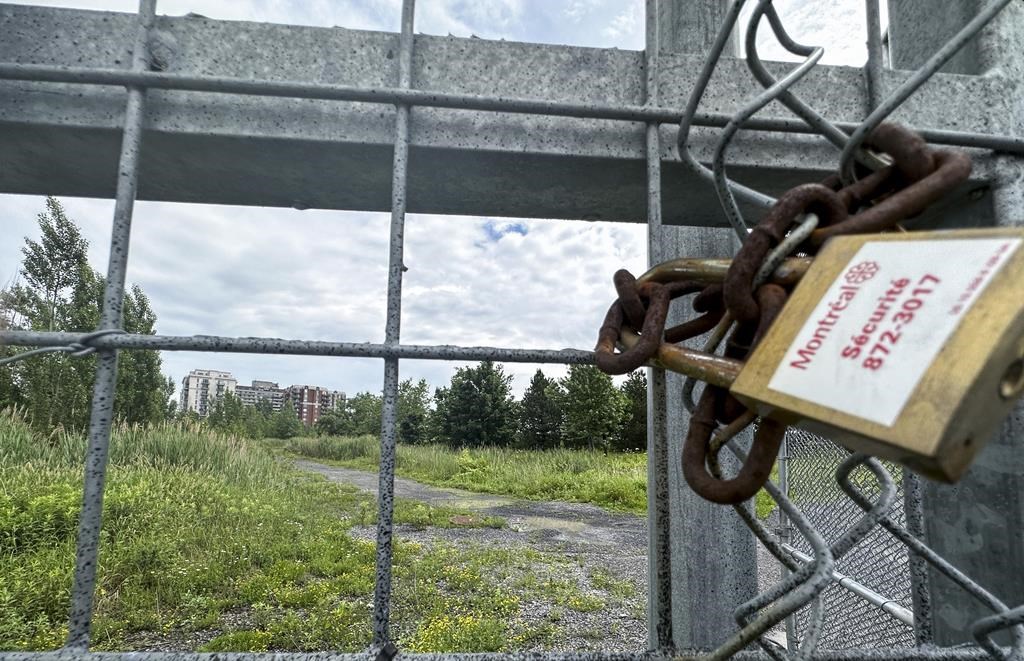Winter weather poses unique challenges for those with disabilities

Posted February 10, 2019 7:32 am.
This article is more than 5 years old.
VANCOUVER (NEWS 1130) – When the flakes start to fall, Salina Dewar’s first thought is whether she can just stay home.
She uses forearm crutches to get around and says winter presents its own unique set of challenges, from getting on transit, to navigating snow piles and slipping “like Bambi on ice.”
“There are lots of factors that go into planning around this stuff that people don’t realize,” she said. “I’m not sure people realize that a lot of us have things that do have deadlines like they do like morning and afternoon rush hour. I think the assumption is you just hang out at home, and that’s not the case.”
To cope, she says she will plan multiple modes of transportation to and from work, use a more stable walker, and let others know she may have to leave early or will arrive late.
Those with vision impairment must also navigate a new world.
Alan Kirk teaches orientation and mobility classes through the Canadian National Institute for the Blind and says winter can throw off someone who uses touch, a cane or clues on the ground to find their way around.
“Snow specifically really covers up a lot of these things,” he said. “It could literally cover things, or visually because everything has become white and because of glare, it might be really hard to see a lot of information that was there before.”
He says during his classes, he encourages people to have multiple methods to orient themselves with objects such as buildings, shapes and other landmarks in case some are covered in snow.
Some people can also use different cane tips that move more easily over ice and chunky snow, while others could use GPS and apps for navigation. Be My Eyes and AIRA are two applications that can help those with vision impairment by connecting them with a trained person who can offer assistance through the use of a camera phone.
However, both Dewar and Kirk say everyone else can help by making sure sidewalks and road crossings are clear, making room on transit, and asking if someone needs help.
When shoveling snow, make sure it doesn’t land in the sidewalk ramps, which could make it harder for people to get on and off the sidewalk, Dewar said, adding the same thing applies for leaves in the fall.
“I did see a [bus] driver who said ‘I know you all want to get to work so if you move out of the way so I can get this wheelchair on, you’ll get there faster,’ but you typically don’t have that level of pro-activity,” she said, adding she frequently has to ask people to move herself.
If someone appears to need help, Dewar says you should always ask the person before taking action, and asking them how they would like to be helped.
“Yes, the snow is problematic, but really just giving a little more time and patience and then offering to help, but then hearing the answer; if you can do those things, you’re on your way.”



